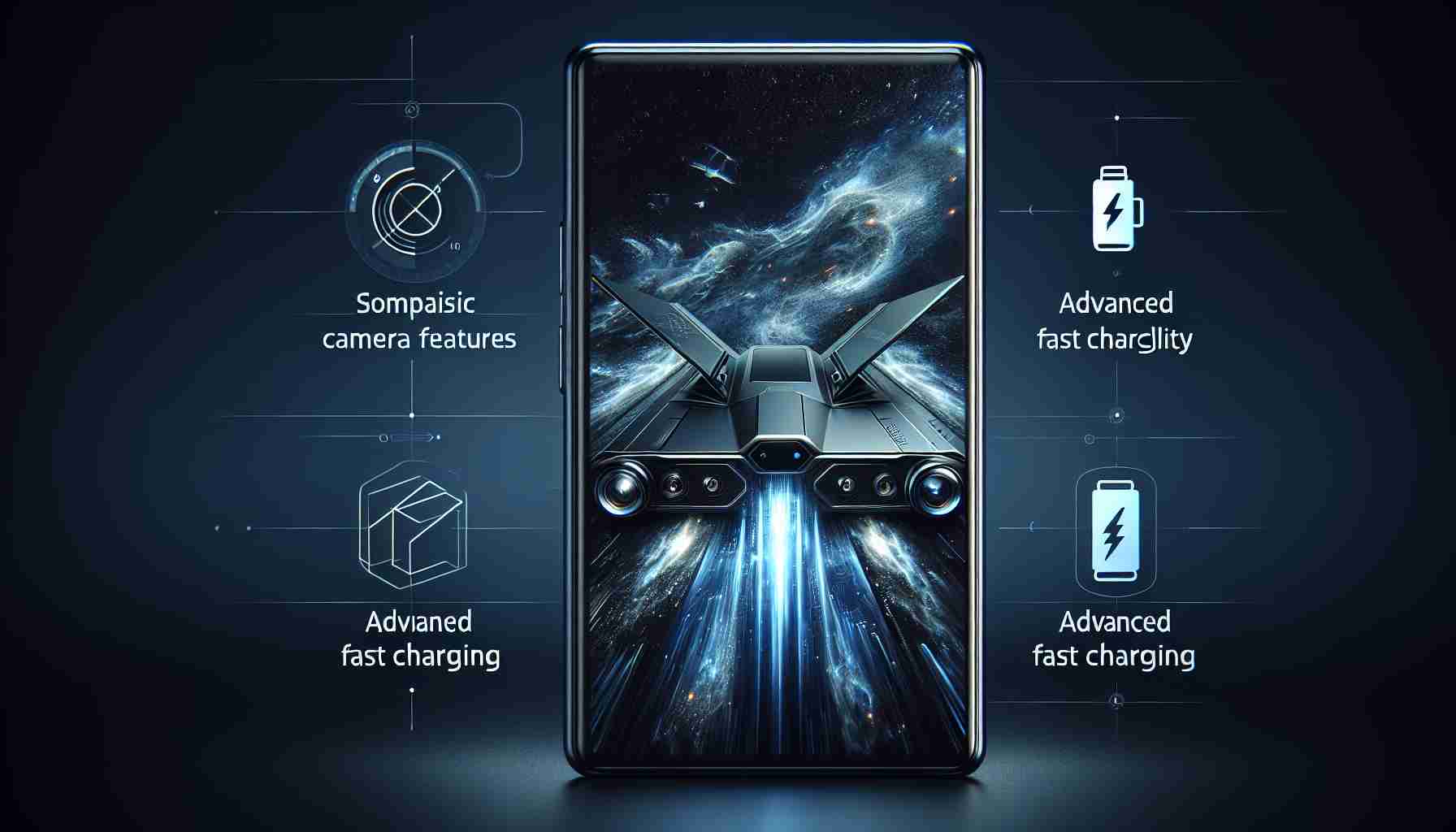The recently released Xiaomi 14 smartphone has quickly caught the attention of tech enthusiasts, thanks to its sleek design and impressive features. While many highlight the Leica partnership as one of the device’s most alluring aspects, there’s much more to explore.
Design & Display
Available in an all-black color variant, the Xiaomi 14 boasts a square camera island with rounded corners, drawing the eye to the top left of the device. The soft matte texture finish on the rear panel not only offers a firm grip but also resists smudging for the most part. The device features a compact 6.36-inch AMOLED display with a high resolution of 2,670 x 1,200 pixels, making it perfect for users who prefer smaller Android smartphones. Additionally, the display offers a dynamic refresh rate of up to 120 Hz for smooth animations and scrolling. The fingerprint sensor located under the screen not only works quickly but also doubles as a heart rate monitor.
Camera
The Xiaomi 14’s camera setup is undoubtedly one of its standout features. Collaborating with Leica, the device brings two camera modes – Leica Authentic Look and Leica Vibrant Look. While the difference between the two modes isn’t too dramatic, the Leica Vibrant mode enhances color saturation slightly without distorting it. Whether capturing photos in ample daylight or challenging low-light conditions, the Xiaomi 14 delivers sharp, vibrant, and accurate images with minimal noise. The device also offers a variety of imaging modes, including AI watermark, Supermoon, Panorama, and more. Furthermore, the 32 MP selfie camera captures bright and detailed self-portraits, making it ideal for online meetings and social media sharing.
Tech Specs
Powered by the Snapdragon 8 Gen 3 mobile platform and running on Xiaomi HyperOS, the Xiaomi 14 ensures smooth performance and effortless multitasking. The device is equipped with 12 GB of RAM and offers storage options of either 256 GB or 512 GB. Users can expect flawless performance when streaming, gaming, or engaging in any other daily activities. However, it’s worth noting that the Xiaomi 14 does come with a fair amount of bloatware, although it can be easily uninstalled.
Battery
With a massive 4,610 mAh battery, the Xiaomi 14 provides excellent battery life. Coupled with a 90W HyperCharge for rapid wired charging and support for wireless charging, the device ensures you won’t have to worry about running out of power during the day.
Verdict
If you’re a fan of compact flagships, the Xiaomi 14 is definitely worth considering. It offers a fantastic camera experience, well-built hardware, great battery life, and super-fast charging. However, it does come with some bloatware, which can be addressed through uninstallation. If you prefer larger screens or dislike UI overlays, alternative options like the Google Pixel 8 or Samsung Galaxy S24 might be more suitable.
Industry Overview:
The smartphone industry is a highly competitive market that is constantly evolving with new technological advancements and consumer demands. With the rise of mobile computing and the increasing reliance on smartphones for various tasks, including communication, entertainment, and productivity, the demand for high-quality devices remains strong. Additionally, the industry has witnessed a shift towards smaller and more compact smartphones, catering to consumers who prefer portability and ease of use.
Market Forecasts:
According to market research firm IDC, global smartphone shipments are expected to reach over 1.4 billion units by the end of 2023. This forecast indicates a steady growth trajectory for the industry, driven by factors such as the increasing adoption of smartphones in emerging markets, technological innovation, and the expansion of 5G networks worldwide. Furthermore, the trend towards compact smartphones, like the Xiaomi 14, aligns with the preferences of a significant portion of smartphone users.
Issues and Challenges:
While the smartphone industry offers immense opportunities, it also faces certain challenges. One major issue is the sustainability and ethical sourcing of materials used in smartphone production. The industry has come under scrutiny for its environmental impact, particularly regarding the mining of rare earth minerals and the disposal of electronic waste. Additionally, data privacy and security concerns remain a top priority for smartphone manufacturers, as consumers store sensitive information on their devices.
Related Links:
For more information on the smartphone industry and market forecasts, you can visit IDC’s website. They provide comprehensive insights and reports on the global technology market, including the smartphone industry.
To learn about sustainability efforts and initiatives in the smartphone industry, you can visit Greenpeace. They often highlight the environmental impact of electronic devices and advocate for more sustainable practices.
For information on data privacy and security in the smartphone industry, you can visit Privacy International. They offer resources and insights into the protection of personal information on smartphones and other digital devices.
The source of the article is from the blog newyorkpostgazette.com
